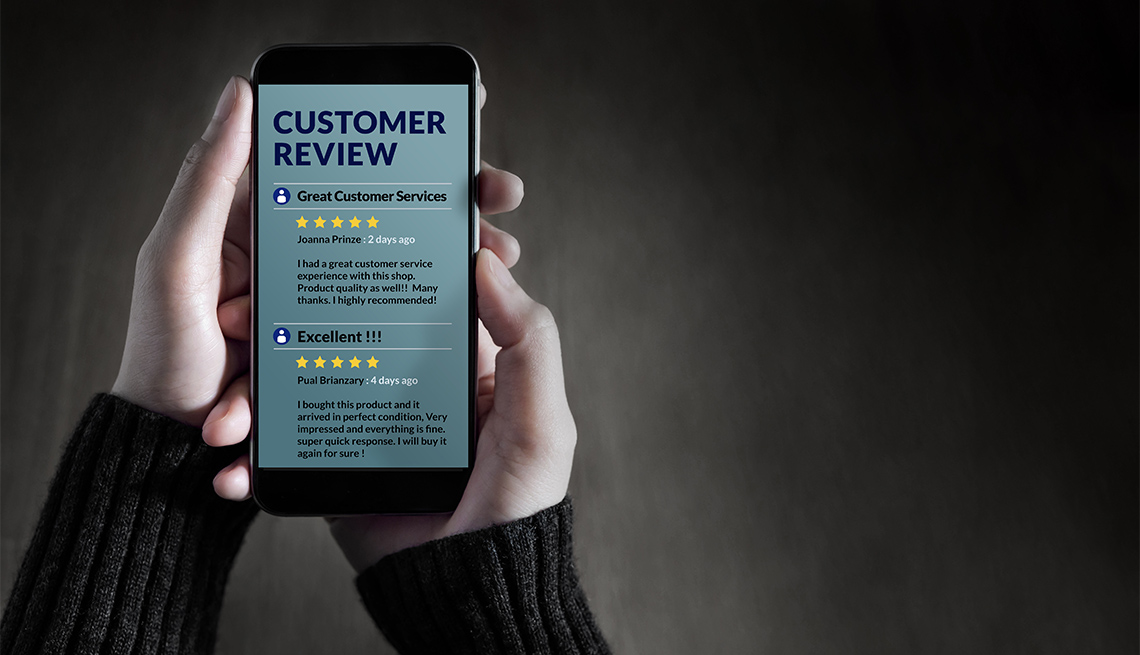
How to spot fake reviews before you purchase a product
- Select a language for the TTS:
- UK English Female
- UK English Male
- US English Female
- US English Male
- Australian Female
- Australian Male
- Language selected: (auto detect) - EN
Play all audios:

Be sure to read reviews from professionals at reputable publications. While exceptions exist, trusting critics from established newspapers and magazines with strict policies about conflicts
of interest is safer than trusting social media influencers, who might be compensated for a positive review of a product, service or vacation property — and not disclose it. Some software
applications, including browser extensions, claim to automatically spot fake reviews, but “they do not work,” Palfreeman says. “The agencies coordinating the fake reviews have been able to
counter these basic fake-review-spotting software apps.” Before you make any purchase, be sure the merchant has a no-hassle return policy. Some travel sites have taken matters into their own
hands. To leave a star rating or review of a property at Hotels.com, customers must have stayed at the location at least one night. “We have over 19 million verified reviews and photos
taken by real guests who have stayed at the hotel,” Hotels.com said in a 2021 statement to AARP. “Our site will only allow you to write a review and upload photos if you’ve made a booking
with us and stayed at the hotel. … That’s how we know our reviews are from real guests.” ‘CONSUMER REPORTS’ AIMS TO HELP To help combat fake reviews, _Consumer Reports_ introduced CR
Recommended, a program designed to showcase the organization’s objective product recommendations at the point of purchase. Whether shoppers are online or in a store, they may see a CR
Recommended certification that guarantees the product meets the nonprofit’s strict criteria for performance, reliability and other variables — including safety if it’s a vehicle. An
accompanying QR code, kind of a square barcode, can be scanned for a deeper dive. The rating will also appear on ConsumerReports.org and in _Consumer Reports_ magazine. Only after the rating
is issued can manufacturers opt to display the CR Recommended label on product packaging, online or on an in-store display. “My ultimate recommendation is to trust your gut,” Palfreeman
says. “You have likely spent years buying good products, and some bad ones, too. So you’ll likely know if something doesn’t sit right.” Video: How to Detect Fake Travel Reviews _Edward C.
Baig contributed to this story, which was originally published Aug. 2, 2021, and was updated to add information on the Federal Trade Commission proposal to ban online fake reviews. _
